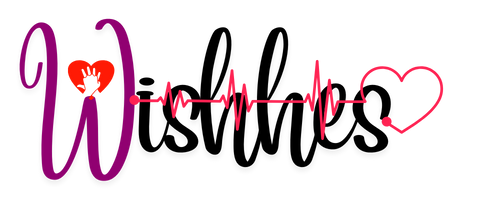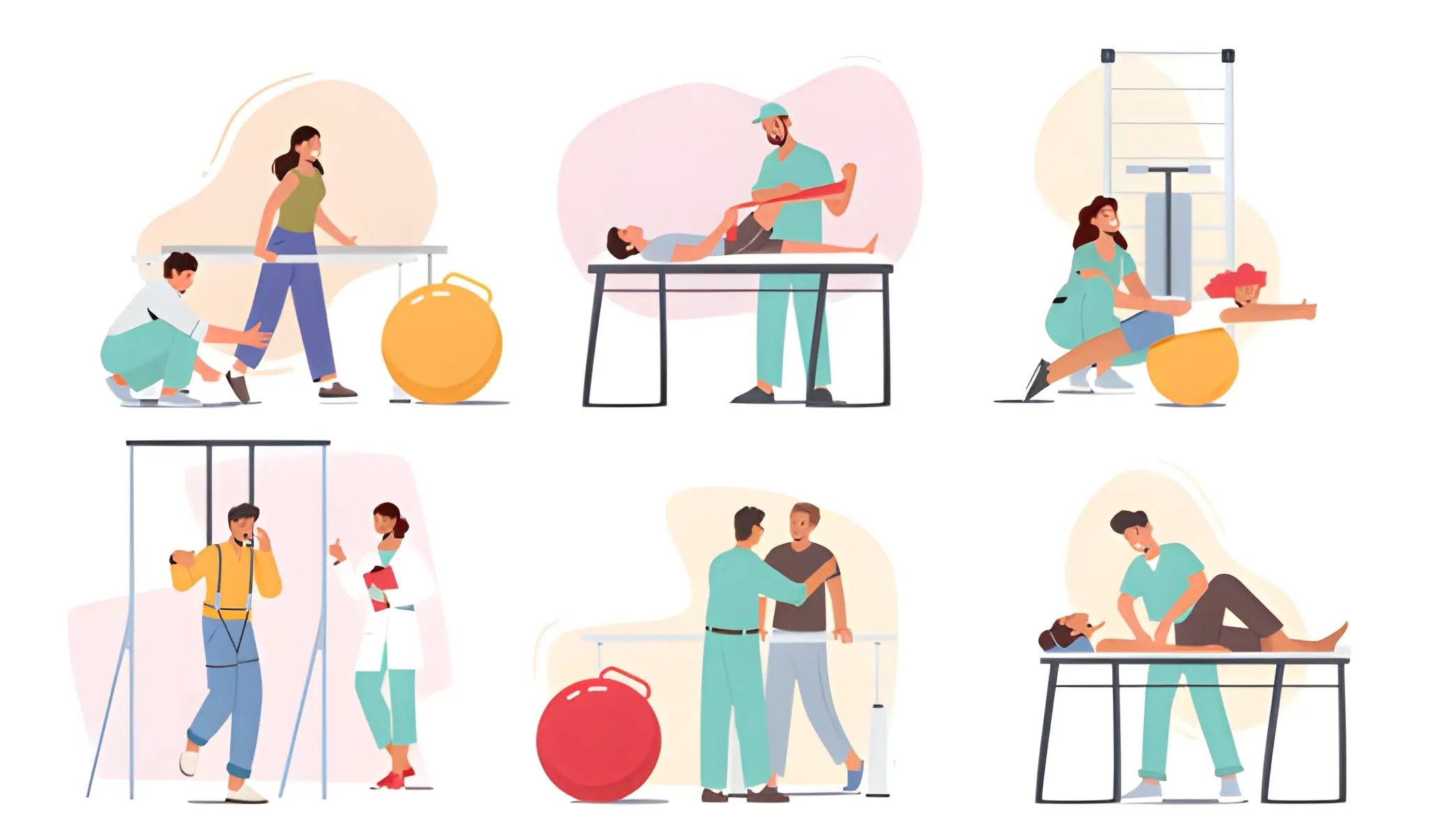We live in a world where drugs are more commonplace and normalised than ever before. You only have to read the headlines, or indeed visit almost any pub or bar up and down the country each weekend to find some element of it.
That normalisation is worrying, particularly for those that have teenagers growing up in such a society. Our teenage years are those that see a time of rapid growth, change and, often experimentation. Those experiences can be positive and are key for personal development, but they can also lead down more dangerous paths, particularly when it comes to drug use.
As a parent that can be a real concern, particularly after seeing many of the scare stories around drug addiction. But those stories can become real life too. It can be difficult, however, to recognise whether our teens are experimenting with drugs or, worse still, hiding a more advanced relationship with substances. It takes a keen eye, but there are warning signs to look out for so you can intervene and provide the necessary support required…
Sudden Changes in Behaviour or Mood
One of the most common indicators that something is amiss is a noticeable shift in your teen’s behaviour or mood. This may include sudden mood swings, increased irritability, anger, paranoia, or anxiety. Your previously cheerful child may become withdrawn, secretive, or unusually defensive. They may lose interest in activities they once enjoyed, such as sports, hobbies, or spending time with family and friends.
While mood swings can be part of normal adolescent development, persistent or extreme changes may suggest a deeper issue, particularly if accompanied by other warning signs.
Declining Academic Performance
Drug use can negatively affect concentration, memory, and motivation, all of which are crucial for academic success. If your teen’s grades suddenly drop or they begin missing assignments, skipping school, or losing interest in their studies altogether, it may be cause for concern.
Teachers may also report that your child is distracted, lethargic, or behaving differently in class. A decline in school performance, especially when combined with behavioural changes, may warrant a closer look into what might be happening outside the classroom.
Changes in Appearance and Personal Hygiene
Substance use can often lead to changes in physical appearance and hygiene habits. You might notice that your teen is no longer taking care of their personal grooming as they once did. They may appear dishevelled, have bloodshot eyes, dilated or constricted pupils, frequent nosebleeds, or unexplained bruises or marks on their body.
In some cases, significant weight loss or gain can occur, depending on the type of substance being used. Unusual smells on their breath, clothes, or belongings may also be a giveaway. It’s important to note these physical signs in combination with other behavioural indicators rather than in isolation.
Shifts in Friendships and Social Circles
A sudden change in your teen’s group of friends can be another red flag. They may start spending time with a new crowd and become secretive about their whereabouts or activities. Long-standing friendships may fade away without clear explanation.
Teenagers experimenting with drugs may also avoid introducing you to their new friends, or they may become evasive when questioned about who they are spending time with. If your child is unusually secretive about their social life, it may be worth paying closer attention.
Unexplained Financial Issues or Missing Items
Drug use can be expensive, and some teens may begin asking for money more frequently or even taking money or valuables from home to fund their habit. You may notice that items go missing or that they are constantly short of cash despite having no clear expenses.
In some cases, they may also become involved in risky or illegal activities to obtain drugs or money. Unexplained financial strain, especially when combined with the other signs listed, can be a strong indicator of substance use.
Also Read-Top Careers That Require Technical Drawing Skills




